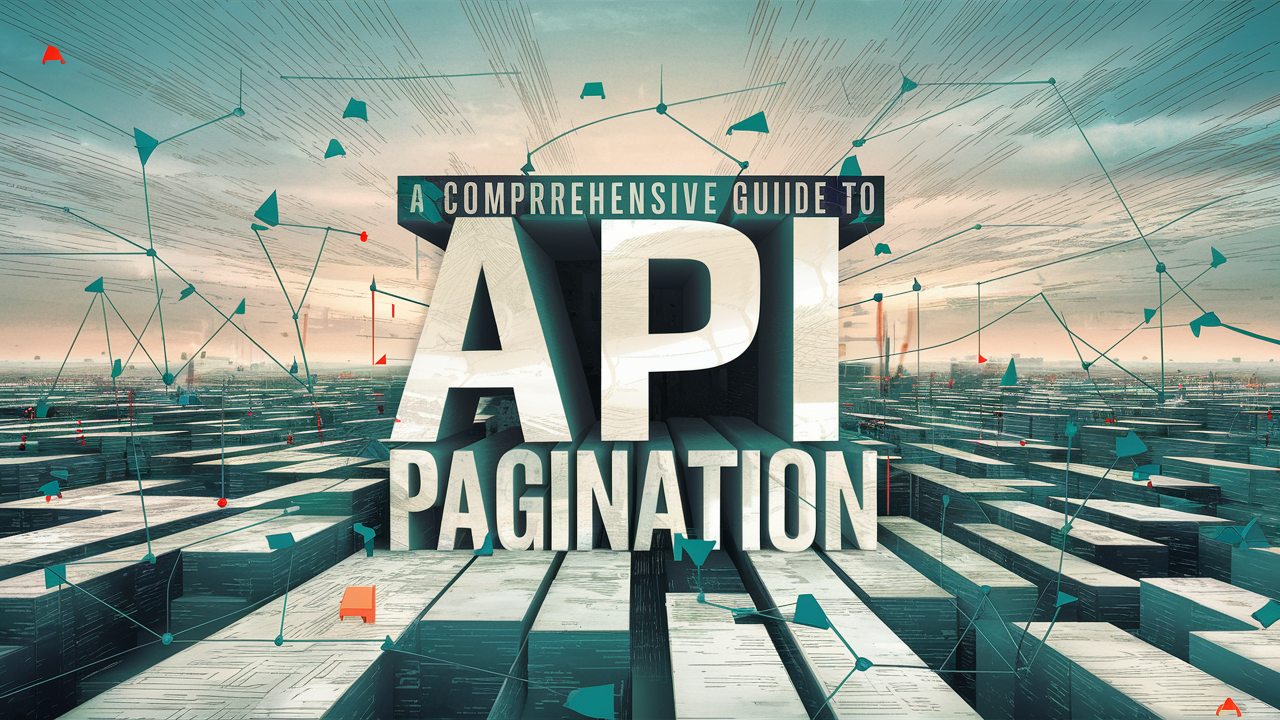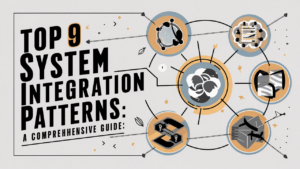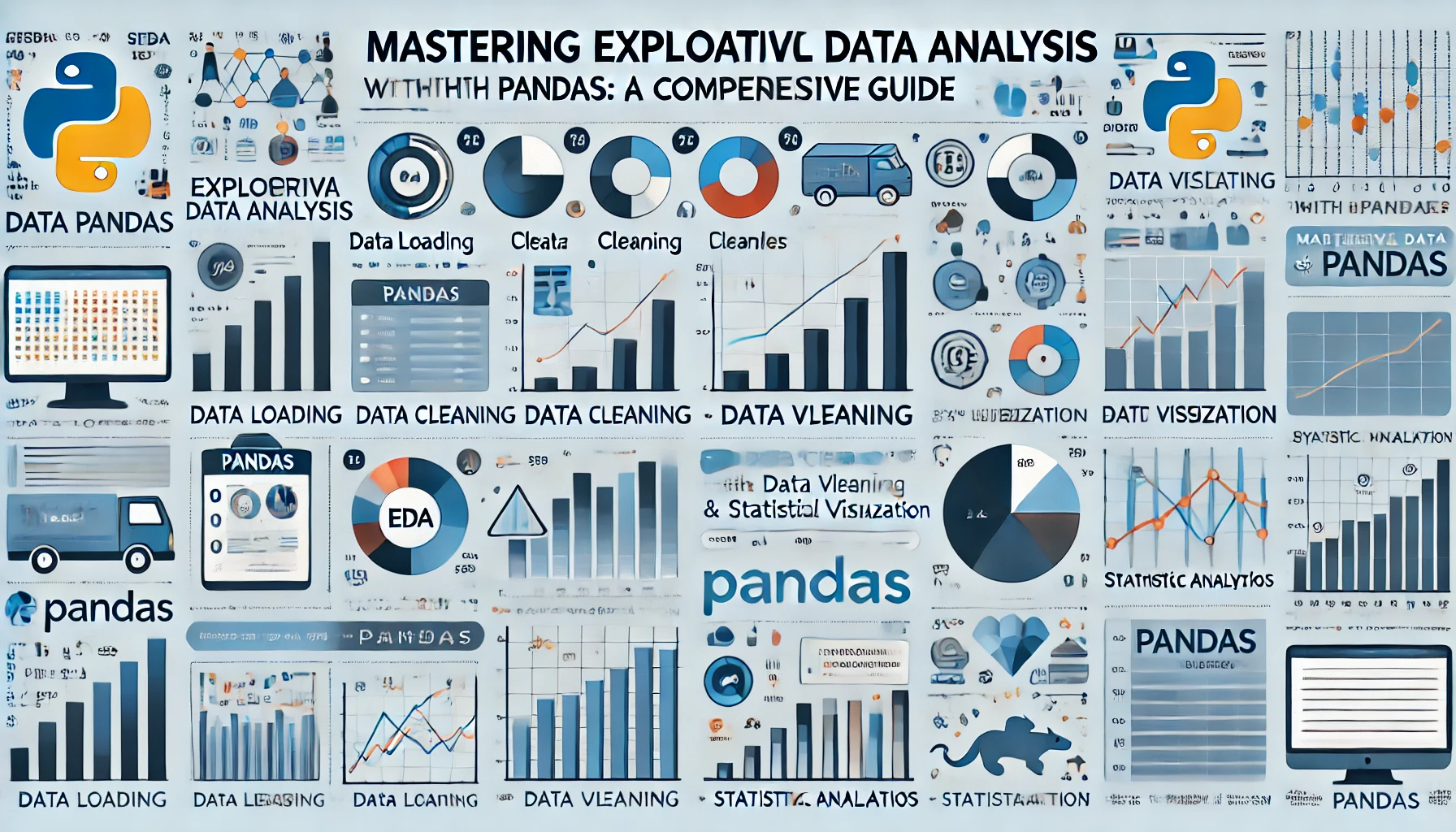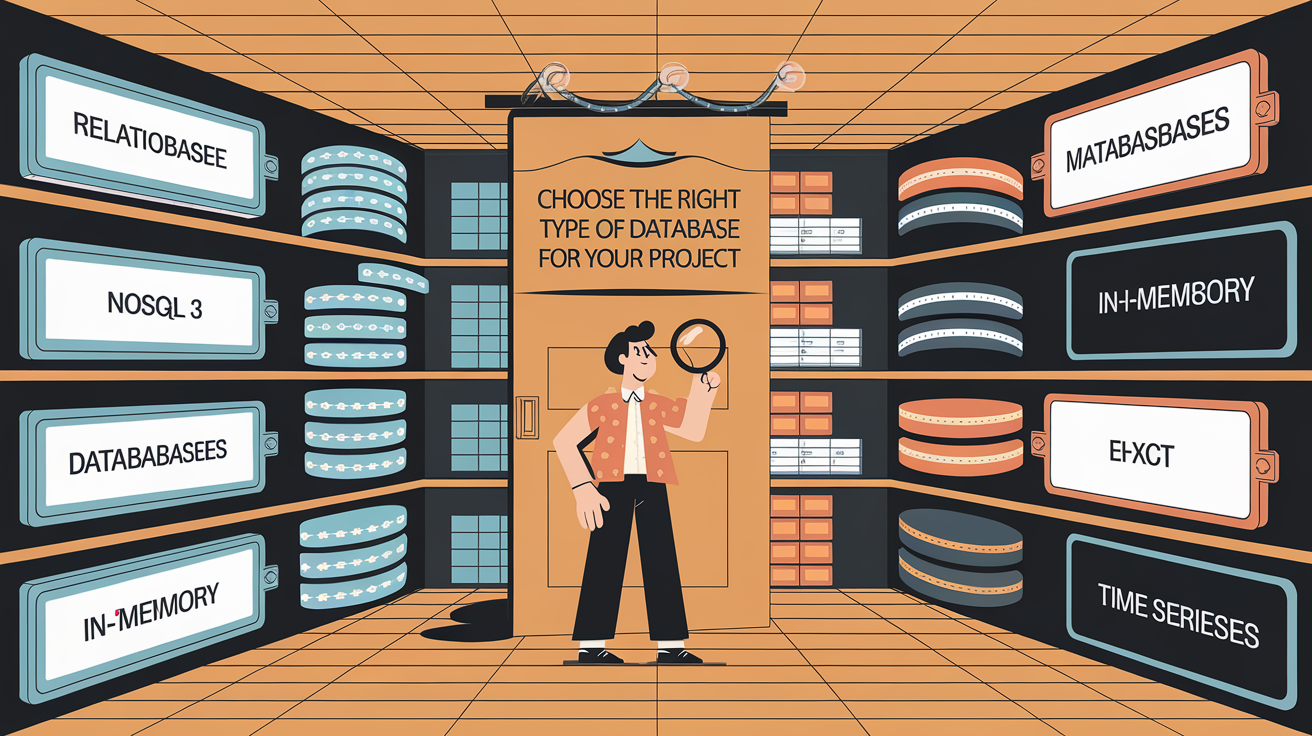Understanding API Pagination Methods
APIs often return a large set of data that can be overwhelming to process at once. Pagination helps by breaking down this data into smaller, more manageable chunks. The three main types of API pagination methods are offset-based, keyset-based, and cursor-based pagination. Each approach has its specific use cases, advantages, and drawbacks.
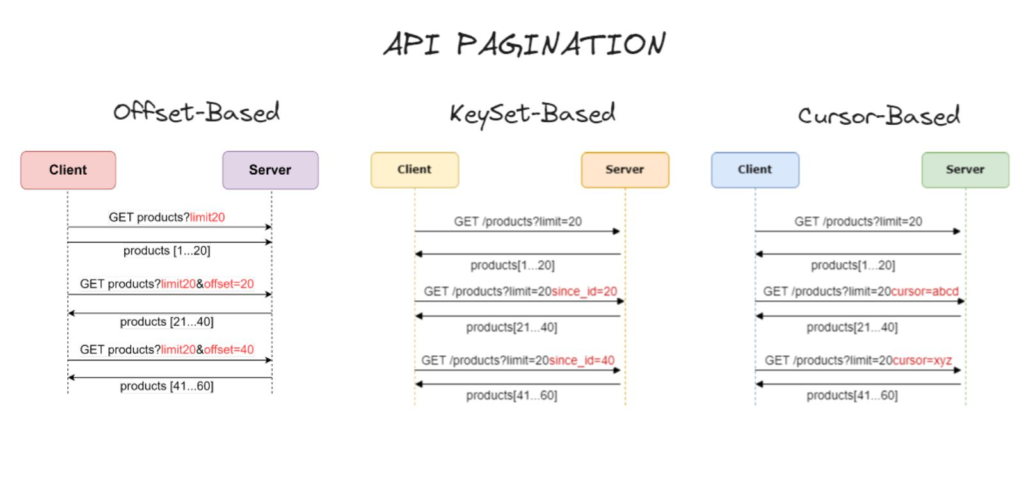
1. Offset-Based Pagination
Offset-based API pagination is one of the simplest and most commonly used methods. It relies on two key parameters: limit and offset. The client specifies how many results it wants to retrieve (limit) and from which position to start fetching the data (offset).
For example:
products?limit=20
Fetches the first 20 products
products?limit=20&offset=20
Fetches the next 20 products starting from the 21st
Advantages of Offset-Based Pagination:
Easy to Implement: The concept is simple to understand and requires minimal logic on both the client and server sides.
Consistent: Provides consistent results when data isn’t frequently changing.
Disadvantages of Offset-Based Pagination:
Performance Degradation: As the offset value increases, the server must scan through more records, which can lead to slower response times for large datasets.
Inaccuracies with Data Changes: If the underlying data changes (e.g., items are added or deleted), offset-based API pagination may skip or duplicate items between pages.
2. KeySet-Based Pagination
Keyset-based API pagination provides a more efficient alternative by using a value from the last item on the current page (typically a unique identifier like an ID or timestamp). Rather than using an offset, the client requests records that come after a specific key:
products?limit=20
Fetches the first 20 products
products?limit=20&since_id=20
Fetches the next 20 products after the product with ID 20
Advantages of KeySet-Based Pagination:
Efficient for Large Datasets: Since it doesn’t scan the entire table, keyset-based pagination is much faster for large datasets.
Consistent with Dynamic Data: Changes in the data (such as inserts and deletions) don’t affect the results as severely as offset-based pagination.
Disadvantages of KeySet-Based Pagination:
Limited Sorting: It works best when sorting by unique keys (such as a sequential ID). It becomes less effective for complex sorting requirements, such as multiple columns or non-unique keys.
Implementation Complexity: The server must provide a unique key (e.g., a product ID or timestamp) to ensure accurate paging, which may not be as straightforward to implement.
3. Cursor-Based Pagination
Cursor-based pagination is similar to keyset-based API pagination but slightly more flexible. Instead of relying on a numeric key (like an ID), it uses an encoded cursor that uniquely identifies the position in the dataset. The server returns this cursor along with the current page of results, and the client uses it to fetch the next page:
products?limit=20
Fetches the first 20 products
products?limit=20&cursor=abcd
Fetches the next 20 products after cursor “abcd”
Advantages of Cursor-Based Pagination:
Highly Efficient: Cursor-based API pagination can handle large datasets efficiently without scanning unnecessary rows, making it ideal for APIs dealing with real-time data or frequently changing datasets.
No Skipped Records: Even with frequent data changes, cursor-based API pagination avoids issues with missing or duplicate records between pages.
Disadvantages of Cursor-Based Pagination:
Complexity: It can be more challenging to implement because it requires encoding and decoding of cursors, as well as handling cursors that might become invalid (if the underlying data changes significantly).
Limited Navigability: Cursor-based pagination is typically one-way (i.e., forward only). Implementing backward pagination with cursors can be complex.
When to Use Each Pagination Method?
Offset-Based Pagination:
Use this when you are working with smaller datasets or when simplicity is more important than performance. Offset-based pagination works well for applications with infrequent updates and small data loads.
KeySet-Based Pagination:
This is suitable for applications where performance is a concern, especially with larger datasets that need to be sorted by unique keys. It is ideal for environments where records are frequently added or removed, such as e-commerce or social media feeds.
Cursor-Based Pagination:
Cursor-based pagination shines in real-time applications with vast, dynamic datasets where consistency is crucial. It is often used in social media platforms or real-time messaging systems, where the risk of skipping or duplicating records due to data changes is high.
Conclusion: Choosing the Right Pagination Approach
Choosing the right pagination method depends on your application’s needs. Offset-based pagination offers simplicity but may struggle with performance on large datasets. Keyset-based and cursor-based pagination provide more efficiency and reliability for large, dynamic data, but come with additional complexity.
By understanding the strengths and limitations of each method, you can optimize your API’s performance, ensure a smoother user experience, and maintain data integrity even in high-traffic applications.

